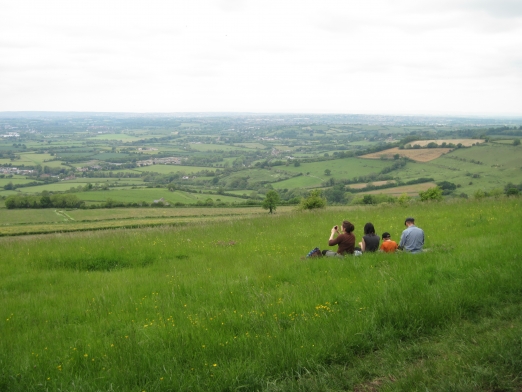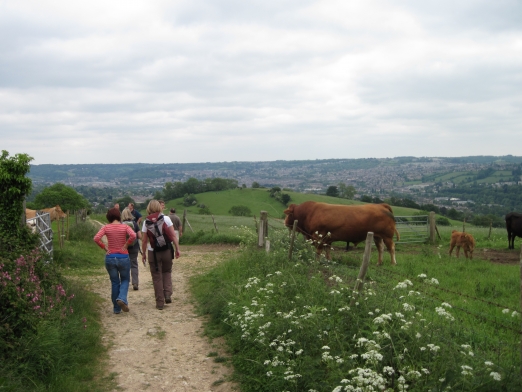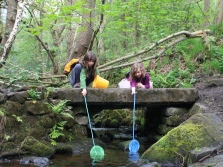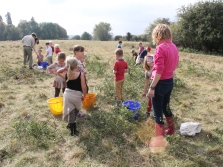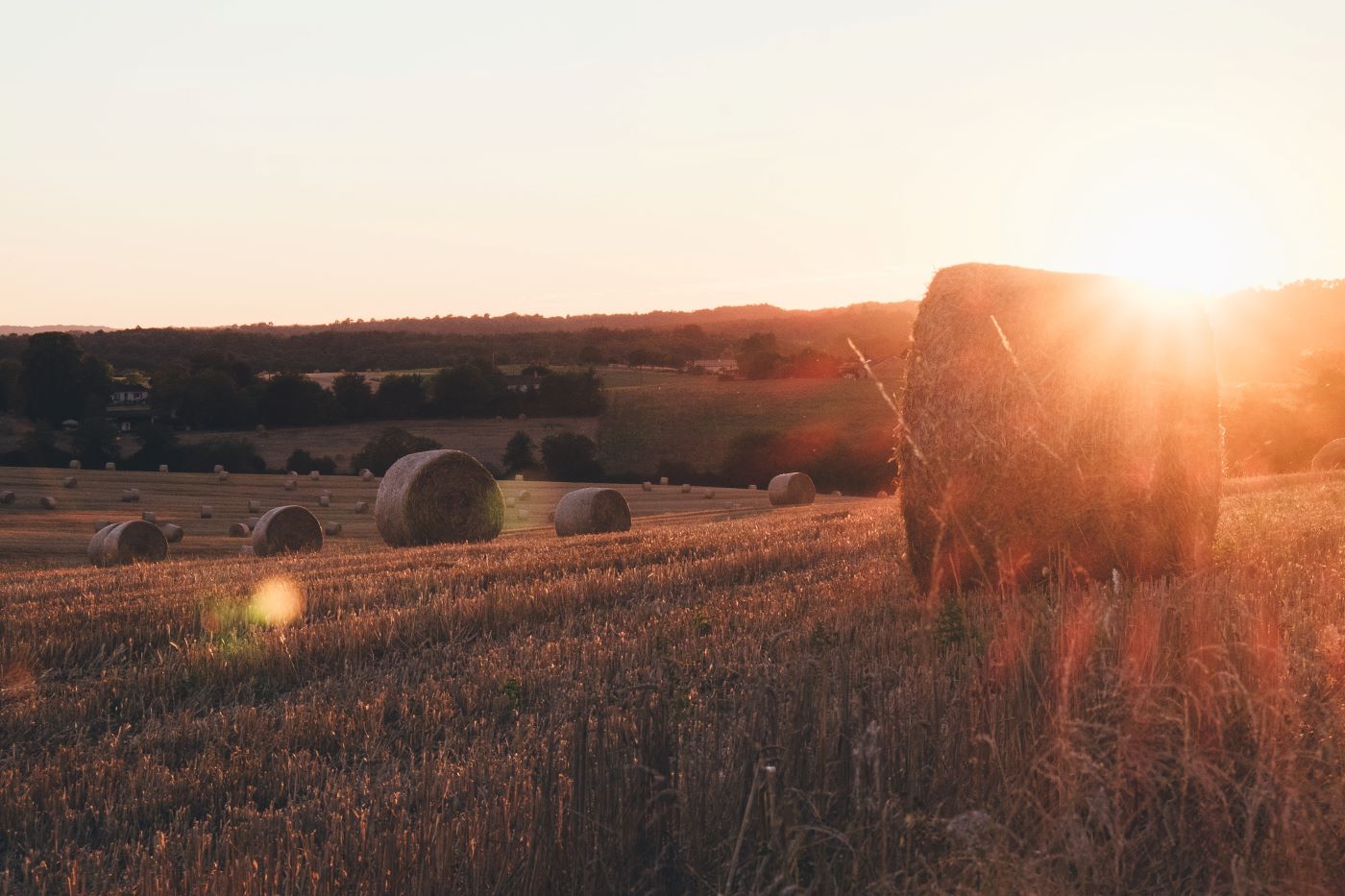Green Belts
England’s 14 Green Belts cover more than a tenth (12.4%) of land in the country and, according to our research, provide a breath of fresh air for 30 million people. The ever-increasing pressure for more roads, housing and airport expansions means that it is vital to protect the and invest in Green Belts that we have.
Development on Green Belt land is supposed to be tightly controlled so that it can fulfil its main purpose: to serve as a buffer between towns, and between town and countryside. This gives the incentive to regenerate damaged and derelict land within the urban areas surrounded by Green Belt.
At the same time, Green Belts bring social, environmental and economic benefits, while giving people a chance to tap into natural capital on their doorsteps.
The Green Belts are a cherished asset, as we have shown through the Our Green Belt campaign, and they’re also extremely valuable for food production, flood prevention, climate change mitigation and much more. You can find more Green Belt facts in our handy online factsheet.
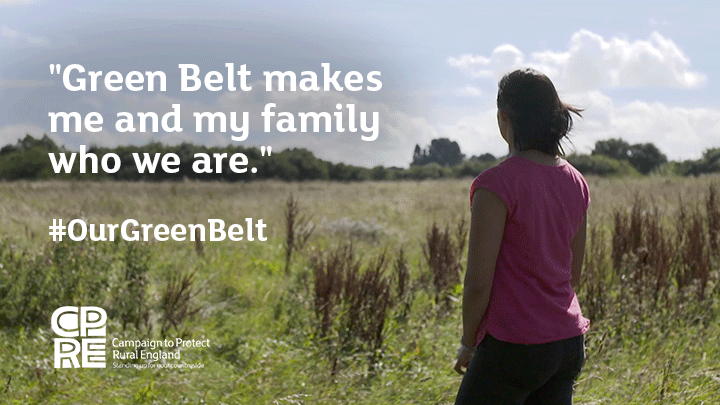
International comparisons suggest that without the strong protection Green Belt designation offers against most forms of development, the countryside around our largest towns and cities would long since have been lost. For example, the city of Los Angeles sprawls more than 50 miles eastwards from its centre.
But the Green Belt has never before faced such serious threat as large sections of land disappear under new developments. CPRE believes this trend must be curtailed.
CPRE and Green Belt
We’ve already shown that the Green Belt is beloved by communities through the Our Green Belt campaign. But it’s also practical. As outlined in our State of the Green Belt 2018 report, CPRE believes the Government should recognise the Green Belt’s wide variety of benefits and focus on ensuring that they continue to fulfil their purpose.
There are many misconceptions about the Green Belt and its purpose, as outlined in our Green Belt Myths page. First and foremost, Green Belts prevent urban sprawl, keeping inappropriate development in check and helping to ensure that our towns and cities don’t join up into one huge urban mass.
Green Belts cover more than 6,000 square miles (15,500 square kilometres) of land, around our largest, most historic towns and cities. That land is supposed to be permanently protected – “unless there are exceptional circumstances” – through strict regulation but building on the Green Belt does still go ahead and there are constant threats all over the country, including in London, Kent, Liverpool and Oxfordshire.
Feeling the pressure of unrealistic housing targets from the government, many local authorities resort to releasing Green Belt land for development.
Making the most of the Green Belt
Demand for housing is not in itself an exceptional circumstance that should pave the way for Green Belt development. With that in mind, we have produced guidance for local communities that are facing proposals to review Green Belt boundaries in their area.
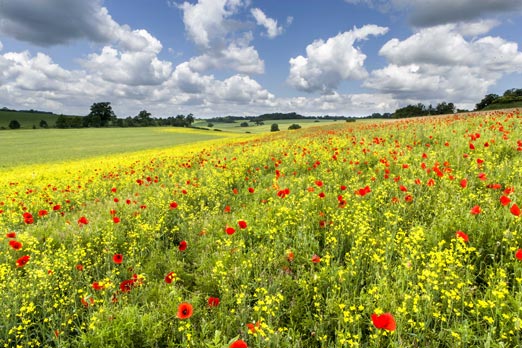
Housing needs can be met while sustaining our Green Belts for future generations by using suitable brownfield land – previously developed land where there is currently room for at least a million homes. Protecting the Green Belt encourages the revitalisation of these sites.
Investment in the Green Belt also helps rejuvenate the land and make it even more valuable. Green Belts are an asset for communities – a local countryside on their doorstep, with diverse local nature reserves, public footpaths and woodland.
But it’s also natural capital that helps protect high-risk areas from flooding, while plants, trees and grassland are great absorbers of carbon dioxide from the atmosphere, which helps combat the effects of climate change. Furthermore, Green Belt is often good quality agricultural land that can be used to grow and produce local food for nearby markets.
Many people benefit from existing Green Belt so we would like to see new Green Belts created in other parts of England where there is strong evidence of local need and support. Our branches are campaigning in places such as Norwich, Southampton and Yeovil.
